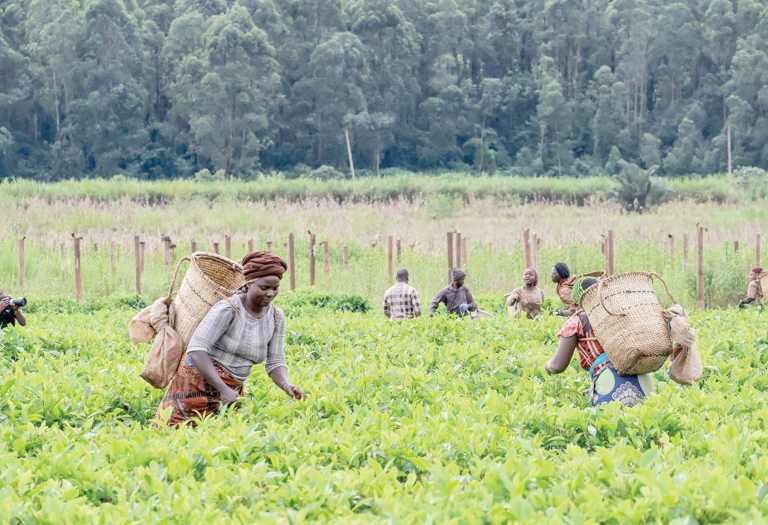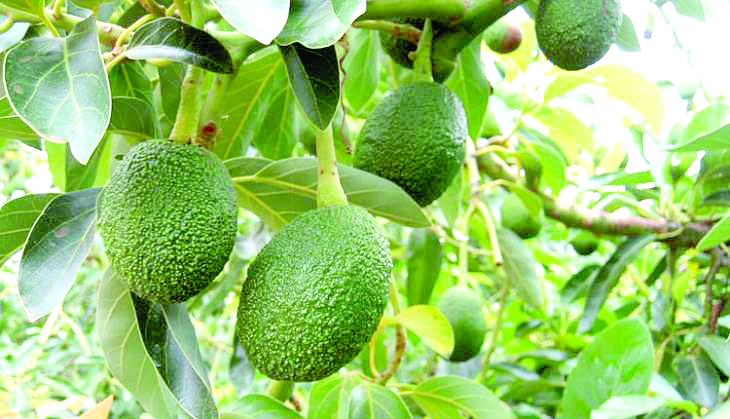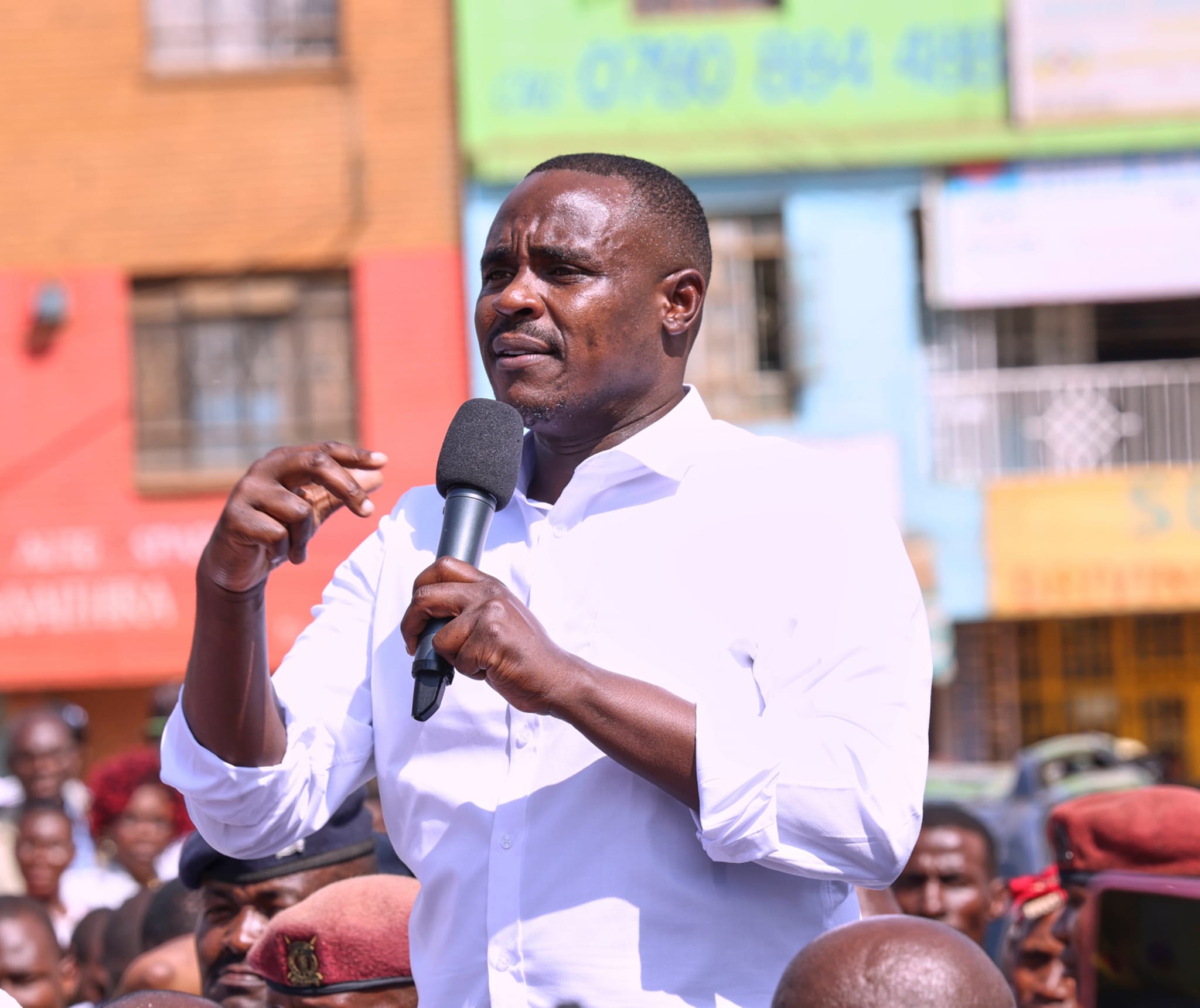Landless farmers: The hidden inequality facing Africa’s women

Women produce up to 80 per cent of food in developing countries and are responsible for half of the world’s food production.
In Africa, around 70 per cent of food is produced by women, making them key contributors to small-scale agriculture.
However, despite them making up the majority of smallholder farmers, they still face several systemic barriers that hinder sustainable growth in the continent’s agricultural food systems.
“Women have challenges with not only the access, but also the use, and the ownership of land and land-based resources. So, they are unable to fully participate in agricultural activities,” says Stephani Kanyingi, programmes manager at Grassroots Organisations Operating Together in Sisterhood (GROOTS) Kenya.
Gap still there
Recognising these disparities, African leaders committed themselves to respond to gender equality in the agricultural sector, by committing 10 per cent of their budgets to agriculture.
Additionally, frameworks like the first Kampala Declaration on Gender Equality, which was launched in 2008 during the Beijing +15 review in Kampala, Uganda majorly focused on accelerating gender equality commitments across Africa, particularly in economic empowerment, social inclusion, and political participation.
However, 22 years later, the gaps still exist and women continue to face a myriad of challenges in the agricultural sector. The biggest challenge being lack of women participation and access to land ownership because of cultural and traditional beliefs, which hinder women from owning land.
“Cultural barriers still prevent women from fully participating in agricultural activities. For instance, if a woman wants to own just a small piece of land, they first have to consult with their husband or a male figure in the household. If you need anything done, it creates an additional barrier for women to participate,” she adds.
She also notes that matters of land ownership mostly result in gender-based violence with women being the most victims.
When it comes to finances, women have a hard time accessing finances and credit, limiting their capacity to expand their agribusinesses. Not to mention unpaid care which limits their full participation in agricultural activities.
“It’s a very emotive issue, it is the cause of many gender-based violence cases that happen for women, where they become victims of GBV because either they are being disinherited, or they are having challenges with their families because of the way they would like to use the land. So, it becomes a multi-layered issue with many aspects that we need to look at,” says Kanyingi.
Cultural barriers
Jackeline Makoha, Director in the State Department for Gender and Affirmative Action also acknowledges these barriers pointing out that women provide quite a lot of labor within the agricultural sector but don’t equitably benefit from the proceeds of agricultural interventions.
According to her, this is because either they don’t own the land or the agricultural outputs go to men. When payments are made, it is men who own bank accounts since the land is registered in the names of men. She further echoes Kanyingi’s sentiments, acknowledging that indeed cultural barriers are a pain in the neck for Kenya’s smallholder farmers
“You find that in most of our African communities, it is the men who make most of the decisions. Including those related to agriculture. Even in terms of what to plant, when to plant, and how the harvest is handled,” adds Makoha noting that in many cases, men are not always supportive of the ventures that women want to explore.
Technology has also emerged as a key hindrance preventing women’s growth in the agricultural sector according to Makoha. Women low participation in STEM subjects and STEM sectors puts them at a disadvantaged position where they may not be able to perform as well as men.
New framework
Due to low engagement with STEM, women often struggle with the technologies that would otherwise help them in the agricultural sector.
In an effort to address these significant gaps, Oxfam, in collaboration with key stake holders including African Women’s Development and Communications Network (FEMNET), SDG2 Advocacy Hub, the African Kilimanjaro Women Farmers Forum (AKIWOFF), and ActionAid, have established a framework to tackle these challenges.
“It’s shameful that progress remains so slow in addressing the discrimination women face in Africa’s agri-food system, even as policies have long acknowledged these inequalities,” said Fati N’Zi-Hassane, Director of Oxfam in Africa, while speaking during the launch of the brief.
The framework dubbed The Roadmap Towards Gender-Transformation in Africa’s New Agri-Food System Strategy (2026-2035) proposes the establishment of gender-responsive policies, and measurable indicators to ensure gender equality in Africa’s food systems which is key to sustainable growth. It aims to influence the Comprehensive Africa Agriculture Development Programme (CAADP) strategic plan which was adopted by AU member states in January 2025.
Priority areas
CAADP is an Agenda 2063 continental initiative that aims to help African countries eliminate hunger and reduce poverty by raising economic growth through agriculture-led development. Through CAADP, African governments agreed to allocate at least 10 per cent of national budgets to agriculture and rural development, and to achieve agricultural growth rates of at least six per cent per annum.
It will focus on four key priority areas which include extending the area under sustainable land management and reliable water control systems and improving rural infrastructure and trade-related capacities for market access. In addition, the framework also focuses on increasing food supply, reducing hunger, and improving responses to food emergency crises as well as improving agriculture research, technology dissemination and adoption.
It also calls for gender-sensitive policies that allow women’s participation in decision-making processes, access to land and financial resources, and recognition of the multi-layered cultural challenges that affect women.
Call to action
“African women still face unique challenges in agri-food systems compared to their male counterparts. Without addressing the gender inequality in agri-food systems, Africa cannot achieve equitable development in this sector,” read part of the framework.
According to the framework,the outline of gender objectives in CAADP 3 will not translate a gender-responsive approach. If the requisite gender-sensitive indicators are not embedded in the metrics outlined in the new results framework.
It further stressed the need to ensure that indicators in the new framework are reflective of crosscutting areas that affect gender performance in agri-food systems such as land rights, Women Economic Empowerment and the Climate crisis.
The framework further provides an actionable plan to put female smallholder farmers and other marginalized groups at the heart of Africa’s agricultural transformation.















